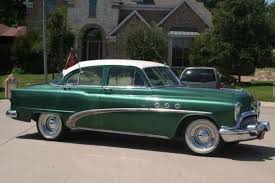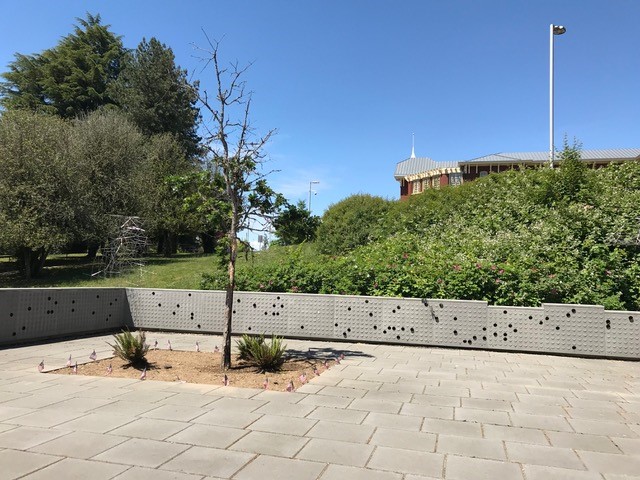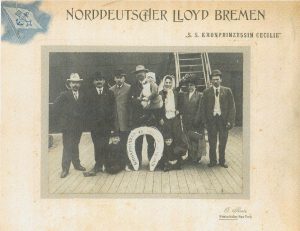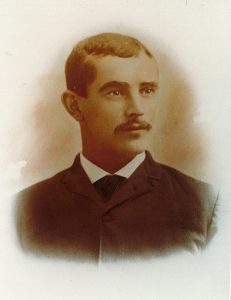
A time of major transition – I just retired from teaching after a wonderful run of thirty-five years. No one who knows me well asks: What will you do [more of] next? While genealogy, per se, was not part of the prescribed English and history curriculum, that quest always played in the background and sometimes assumed center stage. Particularly in the teaching of American history, it became the hook which anchored students to a personalized past.
Every Thanksgiving, I would manage to sneak in a lesson on William Bradford, my great-great-great-great-great-great-great-great-great-grandfather, that usually began with a recitation from Of Plimoth Plantation, committed to memory: “It is well known unto the godly and judicious…” What impressed my students more than a hearty declamation of the text was that I could recount my descent from Bradford. During my first year of teaching, when seniors just a few years younger than I sorely tried me, one student stayed after class to talk to me. “Don’t tell my friends I told you this, but I am a descendant of John Alden. Have you heard of him?” Continue reading Classroom roots






